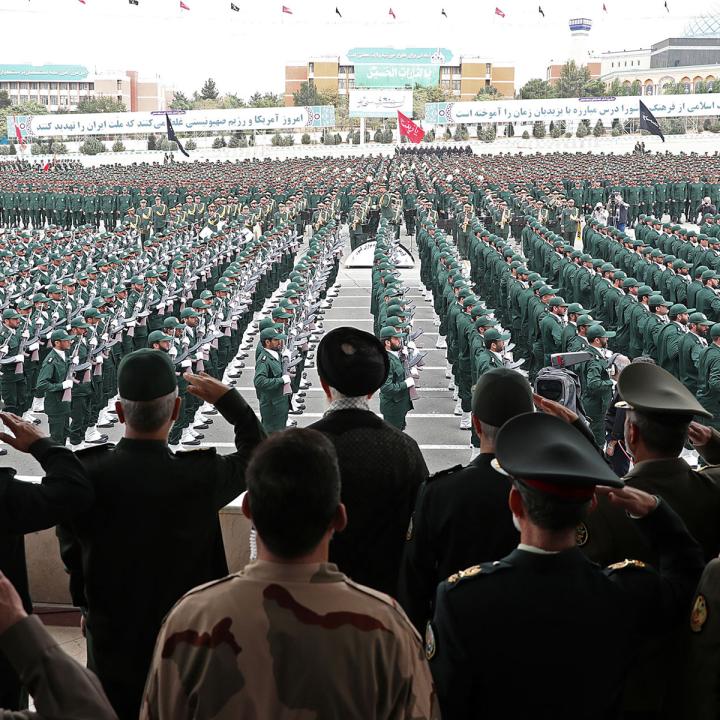
- Policy Analysis
- Policy Notes 135
Arming the Revolution: Trends in Iranian Defense Spending, 2013–23
by
Henry Rome
Jun 14, 2023
Also available in





